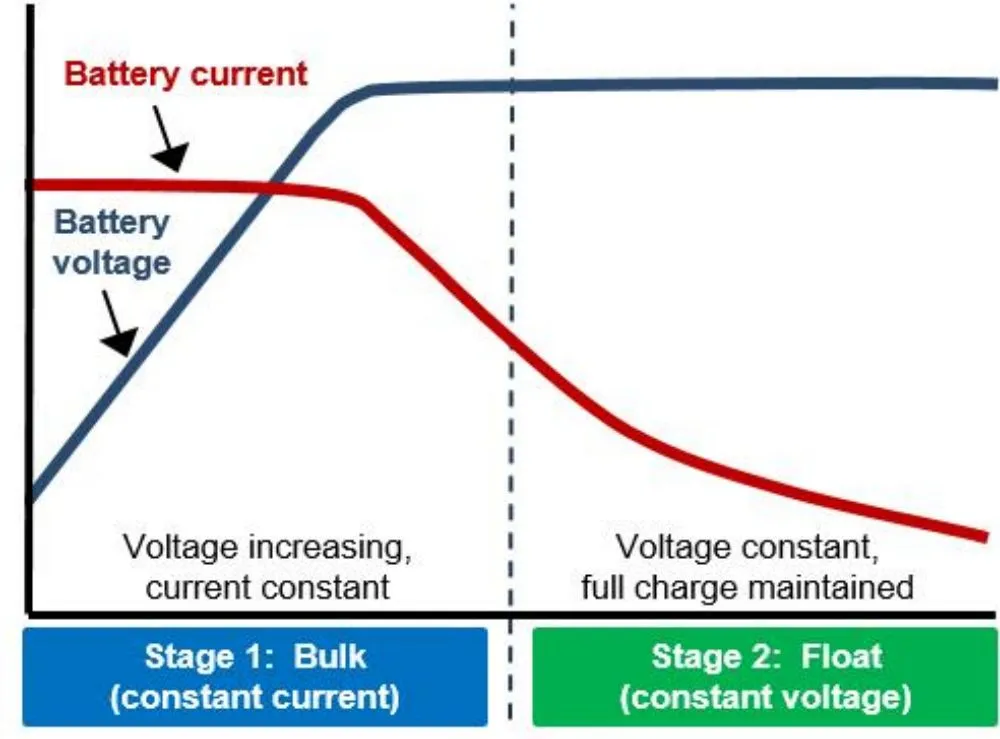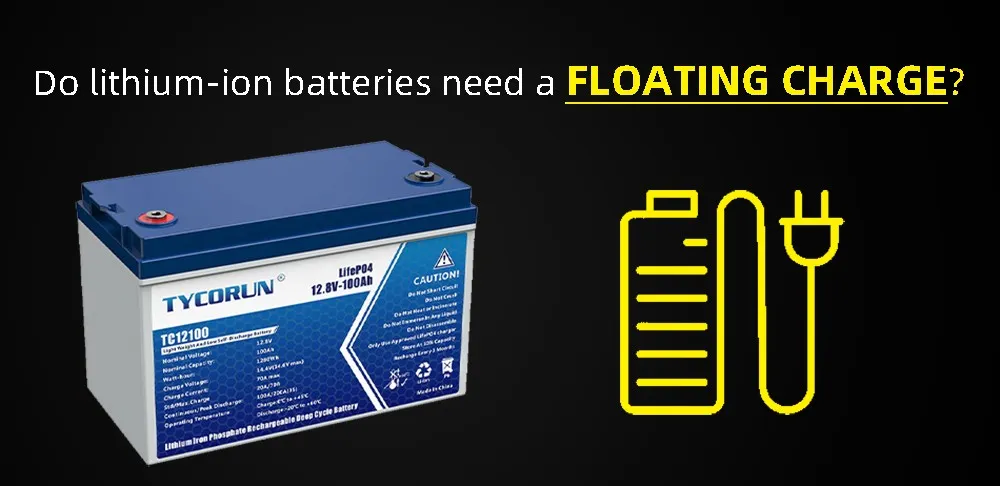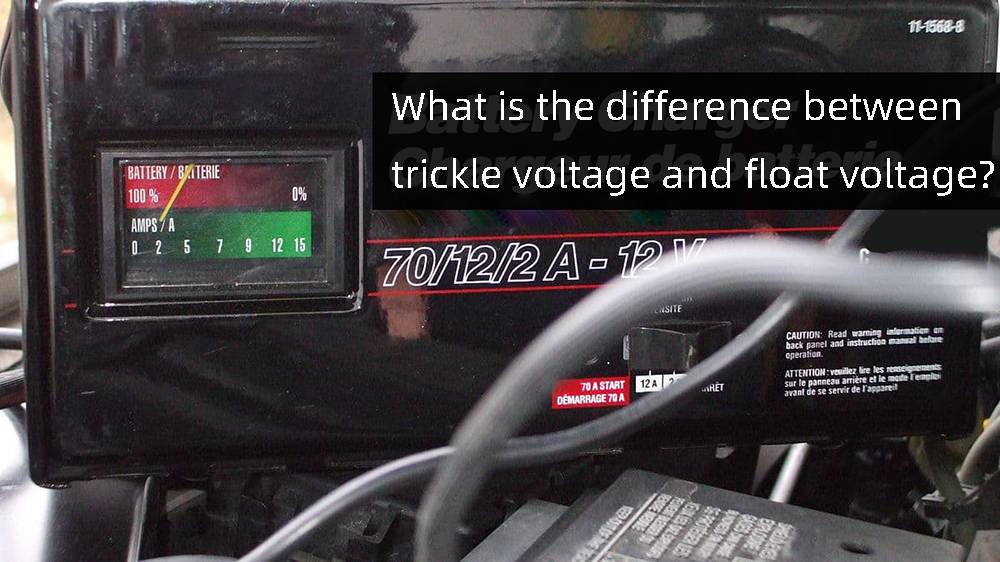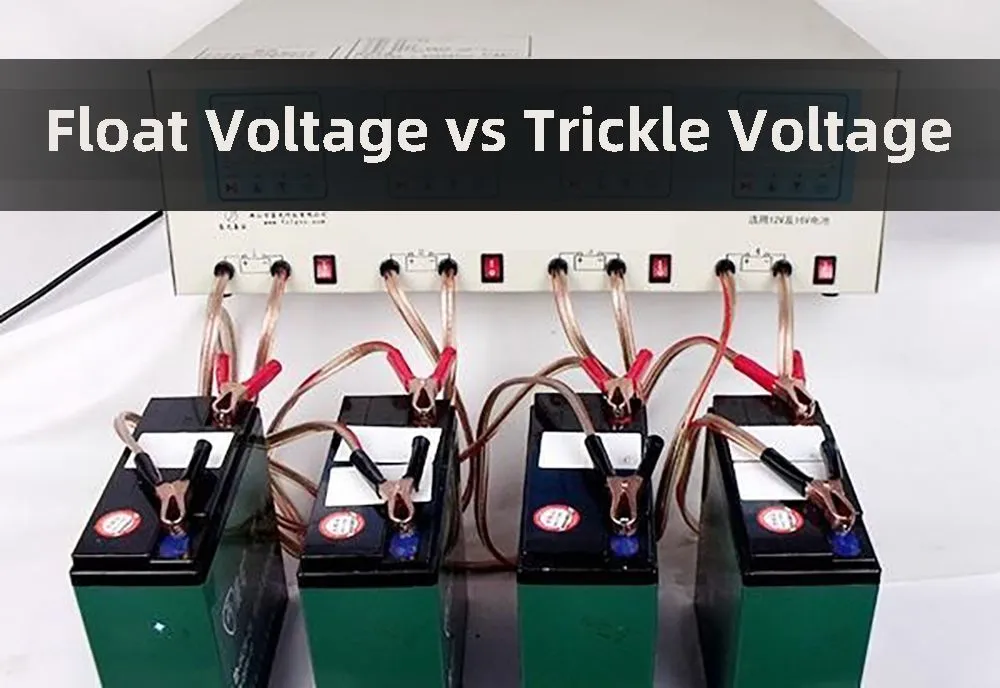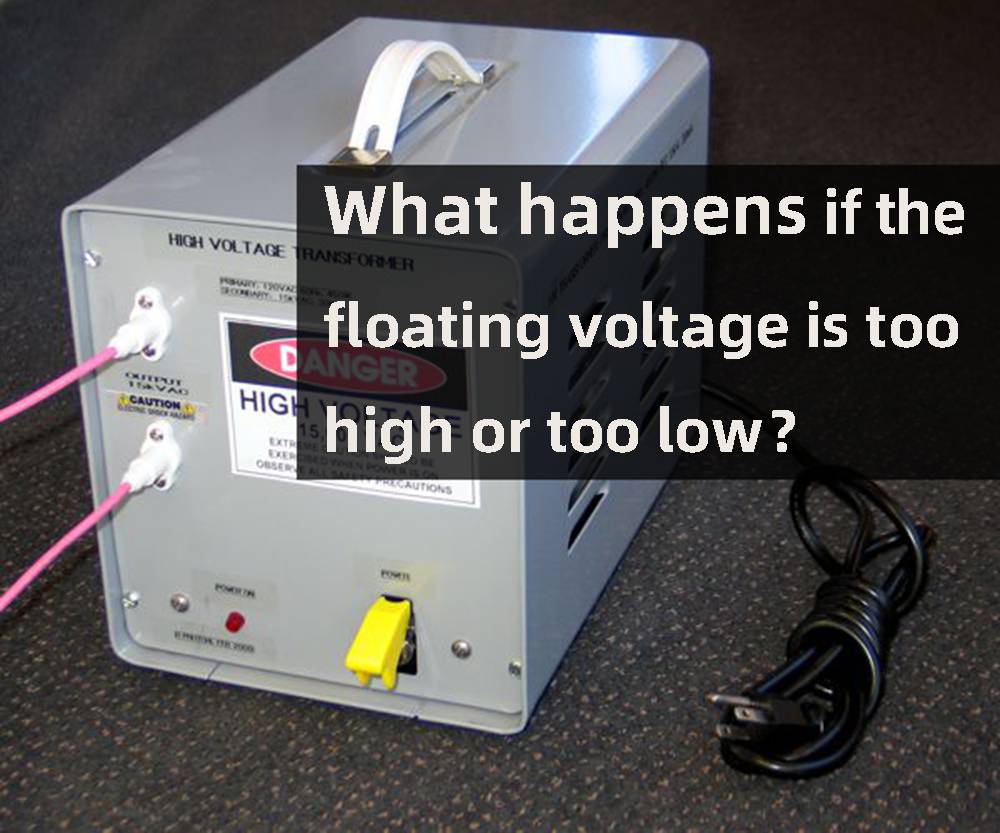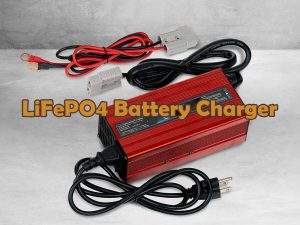Qualitative exploration of floating voltage and FAQs

What is floating voltage
The background of a floating stage is crucial in its understanding. Under the floating voltage, the charging power should be enough to compensate the power loss of battery due to self-discharge and the need for oxygen circulation, it is also necessary to ensure that the discharged battery is fully charged in a relatively short period of time, so that battery can be kept in a fully charged state for a long time. At the same time, the voltage should be selected to minimize damage to battery due to overcharging.
Figure 1: Pictorial Explanation of Floating Voltage
The adequate float voltage varies significantly with the chemistry and construction of the battery, and it also depends on the ambient temperature.
What causes floating voltage
Most batteries have a non-zero internal resistance, and a small leakage current flows within the battery to cause storage losses. When a battery charges to its full capacity, it should maintain the SOC after overcoming the effect of leaking current. Floating voltage is the voltage at which the charger maintains the fully charged SOC of the battery despite the leakage current or self-discharge.
This leakage current then causes losses known as the self-discharging of the battery. Therefore, the primary cause of the floating voltage is the flow of leakage current within the battery or self-discharging.
How do you measure floating voltage
The battery manufacturer provides complete information or use a multimeter to measure about battery where the floating stage voltage for each battery is given, and the consumer should consider these values before setting up the system.
Do lithium-ion batteries need a floating charge
The floating voltage depends on battery type and construction. Generally, the float charge is generally lead-acid battery, and the lead-acid battery float charge is to prolong the service life.
Because the lithium battery has a voltage range, if battery has been charged to the upper limit of the voltage, the floating charge at this time may cause overcharging, and the long-term floating charge of the lithium battery will affect the service life of the battery. Therefore, the odm lithium ion battery pack manufacturer does not recommend charging lithium ion batteries by float charging.
What is the float voltage of a 12V lithium-ion battery
Lithium Iron Phosphate (LiFePO4) cells have a nominal voltage of 3.2 V and usually get fully charged at 3.4V. At the same time, the maximum charging voltage is 3.65 V. The 12v lithium ion battery formation is so that four cells of the capacity mentioned above are connected in series to add up to 12.8 V. The maximum charging voltage for this battery pack is 14.6 V.
| Percentage(SOC) | 1 Cell | 12V |
|---|---|---|
| 100% Charging | 3.65 | 14.6 |
| 100% Rest | 3.40 | 13.6 |
| 90% | 3.35 | 13.4 |
| 80% | 3.32 | 13.3 |
| 70% | 3.30 | 13.2 |
| 60% | 3.27 | 13.1 |
| 50% | 3.26 | 13.0 |
| 40% | 3.25 | 13.0 |
| 30% | 3.22 | 12.9 |
| 20% | 3.20 | 12.8 |
| 10% | 3.00 | 12.0 |
| 0% | 2.50 | 10.0 |
Table 1: Floating Voltage for Batteries of Different Voltage Ratings
Table 1 shows the floating voltages of some standard-sized batteries. In the previous section, the need for floating voltage in the context of lithium-ion batteries was qualitatively explored. In addition to that, maximum charging cut-off voltage is more valuable than floating charge.
However, the floating voltage of 14.6V (equal to the maximum charging voltage) is also handy after providing bulk and absorption voltage of 14.4V. Generally, the average charging voltage is 1.175 times the rated voltage of the battery.
What is the difference between trickle voltage and float voltage
To understand the difference between either type, we need to differentiate between float and trickle charging. The following discussion will help the cause:
Float Charging
Float Charging is among the standard battery charging methods, and its basic working principle is to maintain float voltage. Float voltage is the minimum voltage applied to the battery even after it gets fully charged. However, it is essential to understand that this float voltage is less than the maximum charging voltage of the battery.
Because if the floating voltage increases above the maximum voltage, the cells are overcharged and can be damaged. The benefit of applying floating voltage is maintaining the battery’s full charge SOC. If we do not apply floating voltage, the self-discharging can bring down the battery from the fully charged state.
The float charging system is primarily used for backup power and emergency purpose like UPS lithium battery. In the float charging method, the battery, load, and charger all are electrically attached in parallel, so the battery always remains fully charged, and there is no self-discharging possible.
However, with float charging, battery takes more time because it is charging at a low current. Float charging is most suitable for low power and low backup time applications and is not recommended for high backup time applications.
Trickle Charging
However, in the trickle charging method, the battery is not connected to the load during charging. In addition, the Float charger disengages the battery from the supply when it reaches full SOC, but this function is available in trickle chargers. Like float chargers, trickle chargers also provide low voltage and current to the battery to avoid overcharging. Trickle chargers are suitable for batteries operating on light loads.
In general, float charging is mainly to maintain the battery at full voltage during use to prevent power loss, while trickle charging is mainly to charge with a small current when the battery is almost fully charged to protect the battery .
Float voltage vs Trickle voltage
As mentioned earlier, the floating voltage is the minimum voltage provided to the battery even after it gets fully charged. Generally, the float voltage for a 12V battery is approximately 2.25V per cell or 13.5V. On the other end, the trickle voltage is equivalent to when the voltage before the battery is almost fully charged is like charging to 96%. According to Table 1, the 12V trickle voltage at this time is 13.4V.
How long can you leave a float charger on a battery
The first step is to calculate the appropriate voltage and temperature compensation for battery. Once you apply adequate voltages with reasonable temperature compensation, you can keep a float charger connected indefinitely to the battery without damaging it. However, the suitable value for floating voltage varies with battery type, chemistry, and construction.
What happens if the floating voltage is too high or too low
Applying a floating voltage lower than the battery’s maximum voltage will lead to improper charging and higher float current, negating the primary purpose of floating voltage. If we apply too high a floating voltage, batteries may be damaged by overcharging and their lifespan will be shortened.
What should be paid attention to when floating charging
While setting up the floating voltage, you must know the maximum open circuit voltage of the battery and recommended floating voltage by the manufacturer, and it should be equipped with a rectified DC floating charging power supply with good current and voltage stabilization performance.
As floating voltage will keep the battery 100% charged with no load connected, retaining maximum VOC, its value should be at least maximum voltage and much higher than the maximum limit defined by the manufacturer. The voltage must comply with the regulations, so that the floating charging current can be kept at a constant current value to charge battery. Long-term use of float charging requires regular maintenance, check the specific gravity of its electrolyte, if it is found to be too low, find out the reason.
Conclusion
Floating voltage is an important avenue of research in the field of batteries. Floating voltage depends on many factors, including battery type , electrolyte and chemistry. Usually, the manufacturers provide the floating voltage value to the user for the efficient use of the battery. Be sure to charge the battery with the correct voltage to protect battery health.


